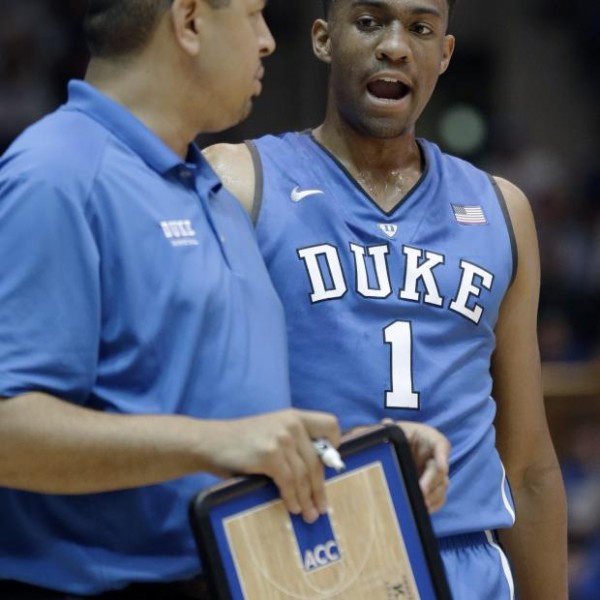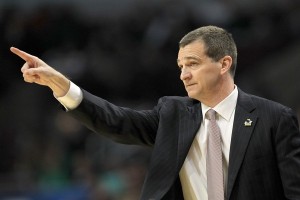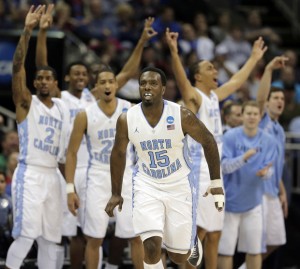Jabari Parker’s Skill Set Reminiscent of Versatile Past Duke Stars
Posted by Brad Jenkins on October 21st, 2013Countdown to Craziness, Duke’s version of Midnight Madness, was held before a packed Cameron Indoor Stadium on Friday night. The evening featured a variety of entertainment, but the feature act was the much anticipated debut of Jabari Parker in a Duke uniform in front of a real crowd. Just two days prior, the ACC media had voted Parker to the 2013-14 preseason All-ACC team along with another new Blue Devil, transfer Rodney Hood. Parker was also the near-unanimous choice as preseason ACC Rookie of the Year. At least for now, the player may match the hype. The scrimmage part of the night consisted of two highly competitive 15-minute periods of play that were called halves but were in reality two mini-games. Some players played for the White team in the first session and switched to Blue for the second. Unlike some other schools, though, Duke chose to make these open scrimmages as game-like as possible. Real NCAA officials worked the games and the result was an intense scrimmage with fouls called at an alarming rate. The official box score reflects combined stats for both sessions and it shows that Parker was the star of the scrimmage with 24 points and 12 rebounds with zero turnovers. The unquestioned highlight of the night was Parker running down an offensive rebound, spinning and going baseline for a reverse slam right over and through Josh Hairston and Marshall Plumlee.
As much as we like to make player comparisons within top programs, Duke hasn’t had anyone exactly like Parker — especially as a freshman — in a long time. Probably the closest match might be a mixture of the talents of Grant Hill and Luol Deng. Like Hill, Parker handles the ball like a guard and sees the court well, but he doesn’t quite have the two-time national champion’s outstanding athleticism. An area to watch with Parker’s offense will be shot selection; he missed all three of his attempts from deep and two of those were forced step-back jumpers that were not close. It was exactly 10 years ago that Deng arrived at Duke with the size and versatility to play both inside or out, and Parker already shows that same type of wing flexibility. Given Duke’s current roster, look for Parker to primarily be a post defender. He spent almost the entire scrimmage guarding 6’11” Marshall Plumlee, the only true post man that Duke has this year. When he did guard the wing he moved his feet well and made himself tough to beat. He already appears to have a good grasp of Duke’s help team defense, but that aggressiveness also exposed a possible crucial concern of foul trouble. Parker was whistled for four fouls in the first stanza, and after some adjustments in the second session, he committed only one more foul on the night. But it is definitely something to keep an eye on.












































